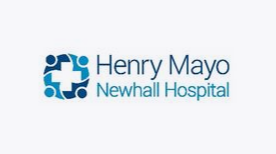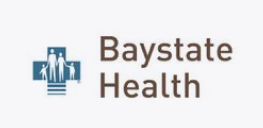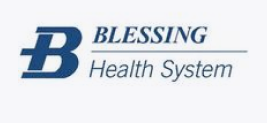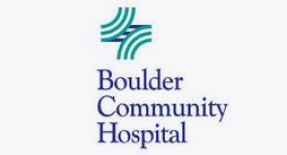May 2, 2022
Financial Toxicity of Cancer Treatment

The negative impact of financial toxicity associated with cancer treatment related out of pocket cost.
Cancer Patient Risk Factors for Treatment-Related Financial Toxicity
Cancer is one of the most expensive medical conditions to treat in the United States. Patients that have been diagnosed with cancer will likely need multiple types of therapies, and many of these come with high out-of-pocket costs: chemotherapy, radiation, surgery, hospitalizations, systemic treatments, oral chemotherapy, and cancer-related prescription medications.
Further, cancer patients and survivors are often unable to work due to their treatments and overall health, placing more pressure on their financial circumstances.
Financial toxicity is how the healthcare world has come to define the financial hardship that patients experience due to their high out-of-pocket costs, which many have reported to be more than 20% of their annual income!
6 Factors That Increase the Likelihood of Patient Financial Toxicity
1) Age: < 65 years old
Cancer survivors under the age of 65 years are more likely to be financially impacted from cancer. This could be due to:
1. The lack of savings and assets
2. Other financial responsibilities like raising children
3. Not having health insurance
4. Having high-deductible plans with high out-of-pocket costs
2) Future Income Potential and Job Performance
This younger the demographic, the more likely their future job potential will be negatively impacted. Cancer treatments can impact a patient’s ability to work due to their therapy and overall poor health.
Cancer treatment requires frequent days away from work due to either treatment times that might include 4-hour chemo infusions, which decreases the patient’s work hours and overall productivity. Given this reality, cancer patients will experience difficulty returning to the workforce, often face job losses, reduced income, and employment-based health insurance loss. Cancer diagnosis and treatment takes a toll on the patient physically, mentally, and emotionally, diminishing the household productivity and income.
3) Income Level
Lower-income households are at a greater risk of treatment-related financial distress. The indebtedness of a patient before their diagnosis plays a significant factor in driving up financial toxicity. Cancer treatments will increase the patient’s risk of accruing more debt and often lead to difficulty paying for living expenses and an eventual filing for bankruptcy.
4) Other Chronic Conditions
Cancer survivors are more likely to have chronic conditions such as heart disease, high blood pressure, stroke, emphysema, high cholesterol, diabetes, and asthma, which alone are typically associated with substantially higher medical expenses. Layering a cancer treatment on top of these other expensive conditions exacerbates the financial toxicity levels that a patient is facing.
5) Advanced-Stage, Recurrent, or Multiple Cancers
The type and stage of a cancer diagnosis determine the treatment paradigm for a cancer patient. Advanced-stage, recurrent, and multiple cancers require chemotherapy and radiation that carry high out-of-pocket costs. Treating aggressive cancer or cancer with a poor-prognosis commits the patient to invest their financial resources for treatment and physician visits. Additionally, the patient will need to invest their time to attend appointments – which usually occur during working hours.
6) Health Insurance
The patient being uninsured certainly places them at risk for financial toxicity. However, the type of insurance coverage the patient has can increase the likelihood of economic hardship due to high maximum out-of-pocket and high deductible plans.
Patients with Medicaid or Medicare have a high financial vulnerability due to lower income levels and fewer savings and assets.
Financial Distress Reduction
The sharp and steady rise in cancer treatment costs has meant that patients need protection from financial toxicity. Financial toxicity can negatively impact the patient’s life outside of the clinic and interfere with the planned treatment strategy and overall recovery. As with any heavy financial burden, high medical expenses related to life-saving treatment carry the same destructive force and pressures and negatively impact the patient’s life, future, and ultimate outcome.
Patients with high financial stress show the following characteristics:
1. Decreased treatment adherence rate and increased prescription abandonment rate due to prescription copays and out-of-pocket amounts.
2. Lower Patient satisfaction scores
3. Reporting of more symptoms, including pain and feelings of depression.
Savvy practices that recognize the industry trend of financial toxicity on treatment outcomes, patient satisfaction, and overall general health will look for ways to solve these problems for patient s through financial advocacy and alternate solutions.
How Q Consulting Can Help
At Q Consulting Support Services, we provide the strategy, workflows and technology needed to obtain a more comprehensive picture of the patient’s financial status and find solutions to their financial toxicity burden. Our successful system decreases the patient’s out-of-pocket responsibility and reduces bad medical debt through unconventional patient funding sources. We can fill in the gaps through patient financial advocacy, so patients feel taken care of physically and financially to drive up patient satisfaction scores.











